WARNING, this post has become a bit long … sorry if this page takes forever to load.
This year, for our anniversary trip, we decided to go to Bruxelle (or Brussels in English), Belgium. It’s funny how each language calls locations something different. In addition to those to versions, there is also: Brüssel in German, Brussel in Dutch, and Bruselas in Spanish, just to name a few.
It was a beautiful trip and fortunately, it’s only a couple hours from our house, so we can go back again.
Of course, we had to try things like the chocolate, waffles and French Fries (yes, those are actually a Belgian creation). But, there were other things like the most beautiful square square we’ve seen yet and the sweeping plains of Waterloo where the seminal battle of the 19th century took place.
Here are some of the images from the trip. We started out in Le Grand Place, which was lit up for their Christmas Celebration. As you saw in our last entry, many places in Europe have these Christmas Markets, although none had this spectacular ambiance.
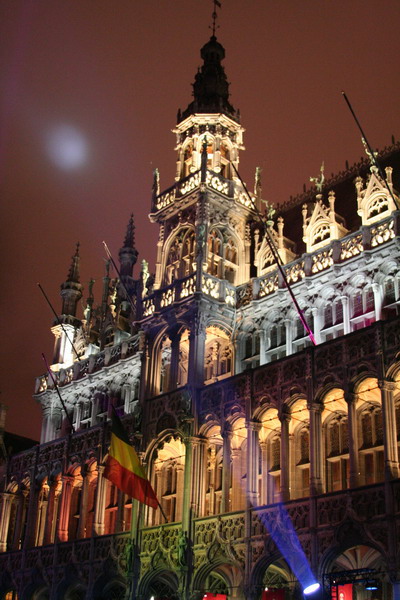
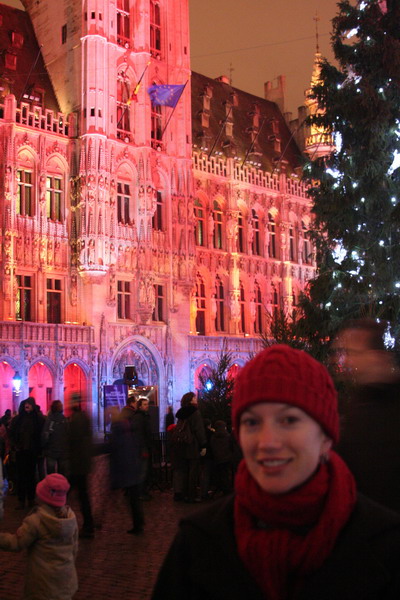
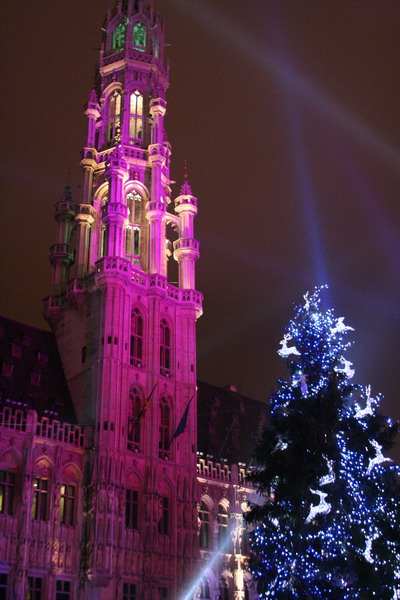
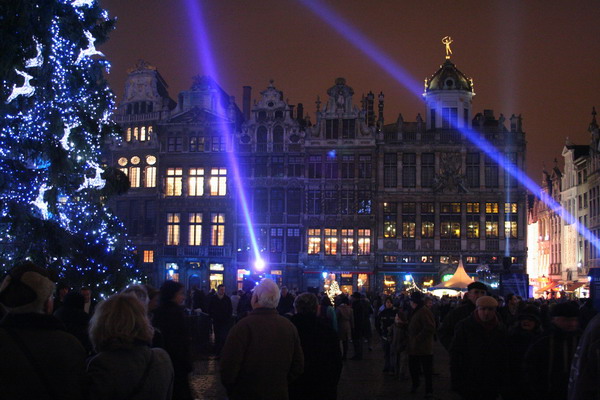
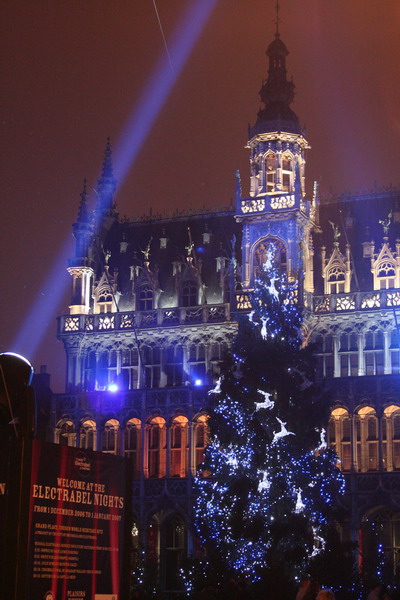
Many people say that Belgian Chocolate is the best in the world. Since I am not a true connoisseur, I can’t say if that’s true, but this place certainly qualifies as a contender. If you’re interested in sampling for yourself, they do offer online sales, but at 91 euro for about 32 pralines, it’s a bit pricey. However, they also supply the Belgian Royal family and it is President Bush’s favorite chocolate. So, I suppose that’s why they can justify such royal prices. http://www.marychoc.com/en/index.html
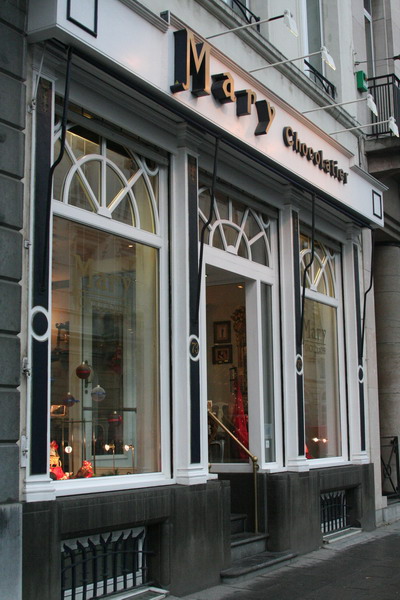
We also stopped by the Tomb of the Unknown Soldier.
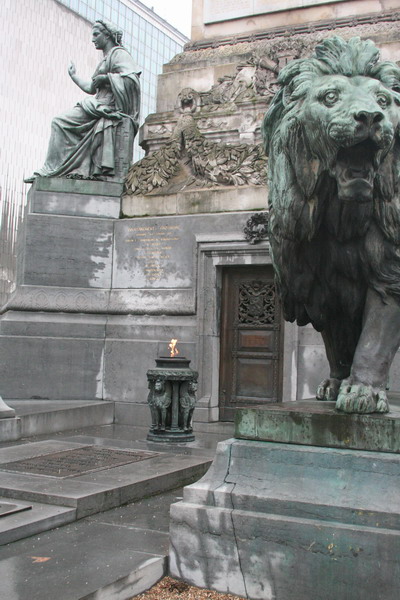
We visited a number of museums during our stay. This behemoth housed 5 different ones.
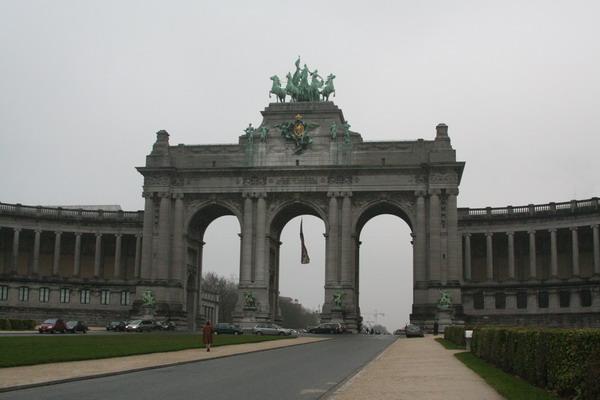
Inside, it was fascinating to see the large memorial exhibit to President Herbert Hoover. While in America he is largely (and unfairly) remembered for his “indifference” at the outset of the Great Depression, in Belgium, they hold him in high regard. This is because at the outset of World War I, he set aside his very lucrative career as a mining engineer to aid those in need. He organized the return of 120,000 Americans (tourists and businessmen) from Europe. Later, he personally oversaw the largest relief effort to date. Belgium was occupied by Germany and its food supply was in dire straits. He led the Committee for Relief in Belgium. This was a massive organization that was in effect it’s own republic. They had their own logistics system (railway, navy, and mills), and even their own flag (so not to be mistaken while at sea delivering food to the war’s victims). Even before the end of the war, he was an international hero. He later became the head of the American Food Administration (after the U.S. entered the war in 1917), then Secretary of Commerce in 1921, and finally elected President in 1928. He lost his re-election campaign to President Roosevelt in 1932, but stayed active in politics and also aided the recovery effort of Europe again after WWII as chairman of the Hoover Commission.
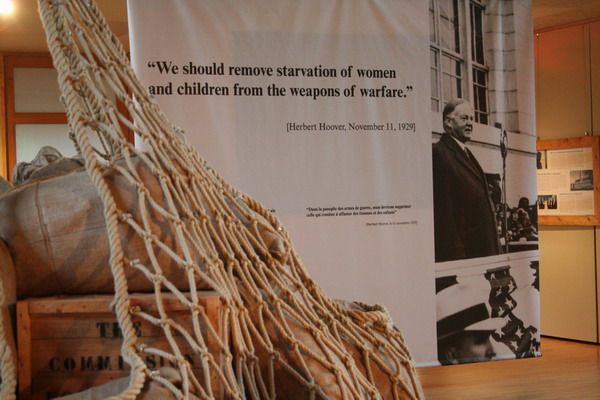
The museum also included a vast display on WWI (and slightly smaller ones on WWII and earlier wars). Here are some of the images.
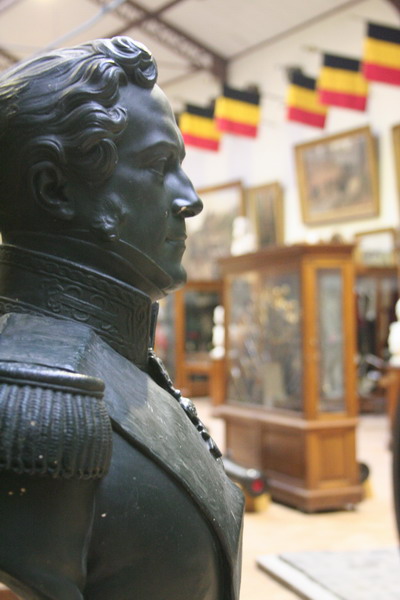
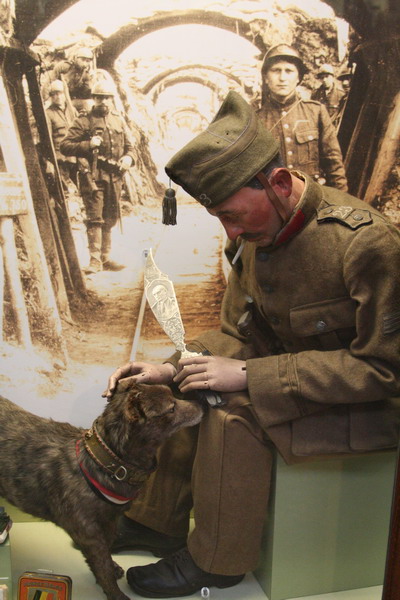
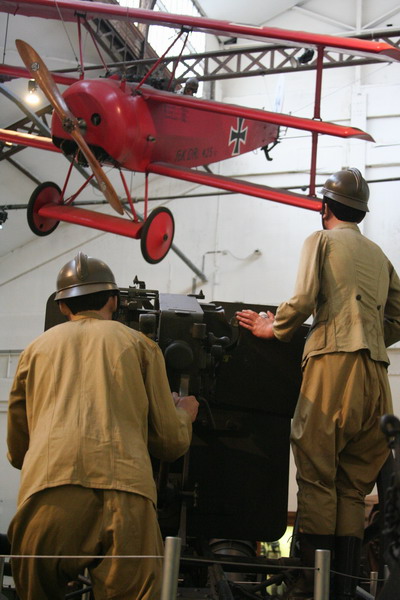
They even had a stuffed Homing Pigeon (many were used in WWI to send hundreds of microfilm messages back and forth).
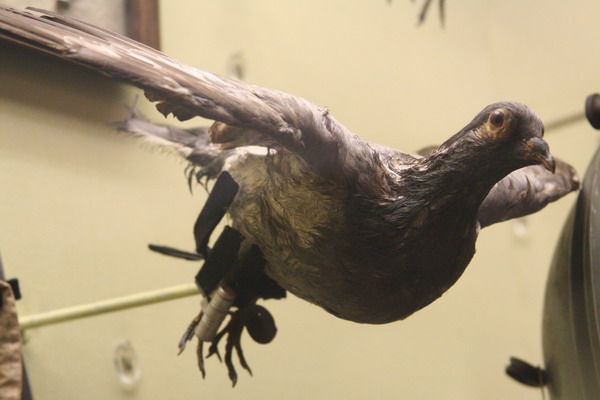
WWI was truly a global war and there were displays that illustrated the uniforms of other countries, such as colonial India, shown here:
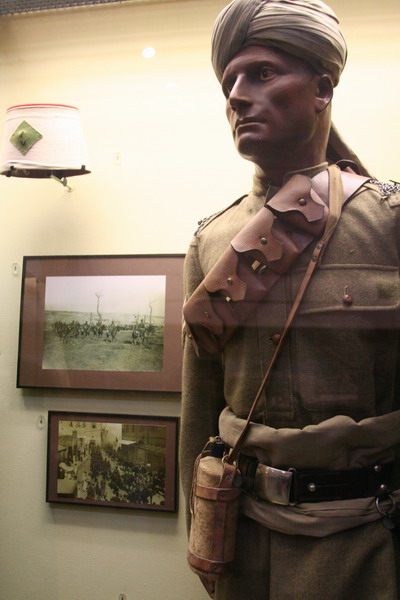
Or Australia here (which is officially still a part of the United Kingdom).
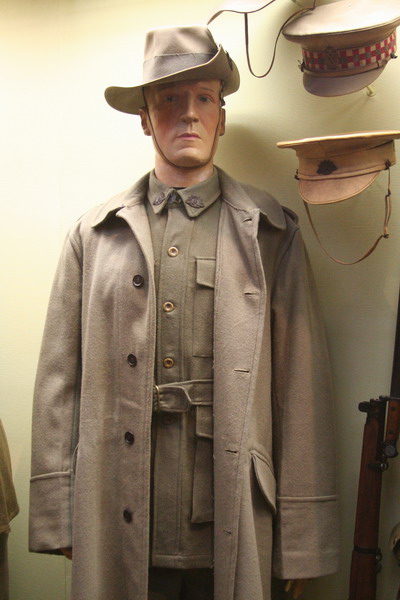
There was also a large aviation section. 🙂
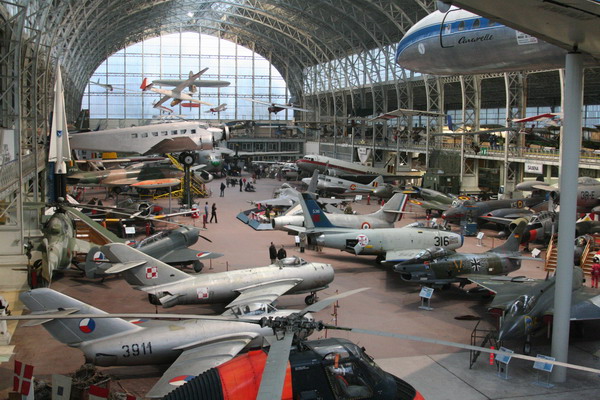
We traveled just outside the city to the small village of Waterloo. Here on June 17-18th, 1815, the allied armies of Britain, Prussia, Austria and others faced the French led by Napoleon in what was to be his final defeat. As a bit of background, this was basically Napoleon’s last stand to remain in power. The other powers in Europe had denounced him as an outlaw and intended to invade France with an overwhelming force to drive him out of power. To avert this, Napoleon attacked the allied force before they had a chance to assemble against him. He hoped to attack and defeat the Prussian and British forces separately, but was unable to do so decisively. So, 73,000 French troops met 67,000 allied forces at Waterloo. The result was a decisive coalition victory and Napoleon’s ultimate exile to St Helena where he died in 1821. The cost was very high with 25,000 French dead or wounded and 22,000 Allies dead or wounded. Although this happened nearly two centuries ago, visiting the battlefield was still a poignant experience.
Here is the Duke of Wellington, the man who was the overall commander of the Allied force at Waterloo and credited with the victory which shaped the rest of the 19th century.
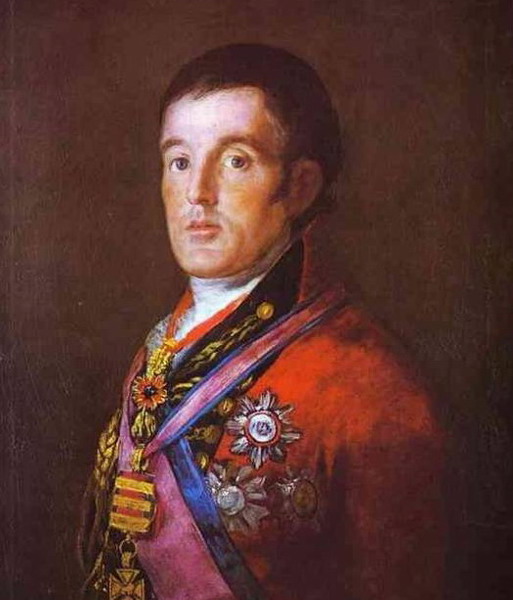
Here is a wax likeness of Napoleon Bonaparte as he looked in 1815.
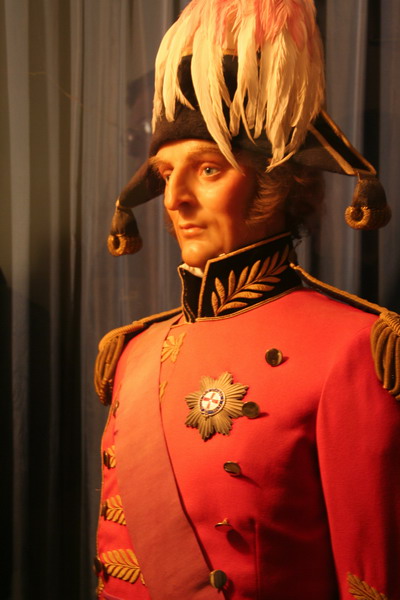
In 1820, the Dutch built a massive monument where the Price of Orange was probably wounded. The House of Orange and Queen Beatrix enjoy a very popular monarchy in the Netherlands today.
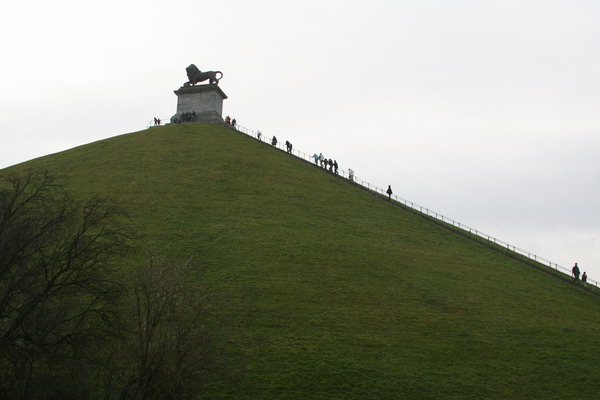
Here I am at the top of the of the Lion Monument.
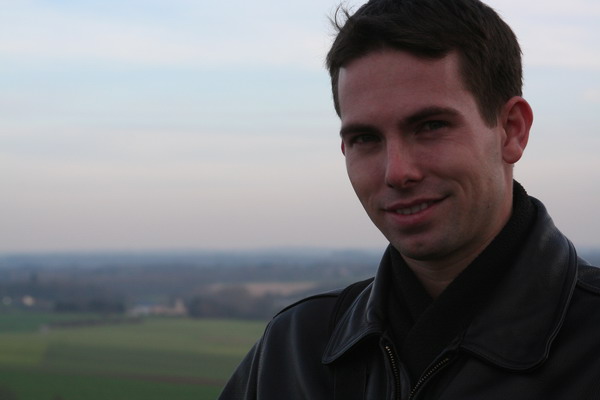
This is the main battlefield where the European powers of the 19th century met in battle.
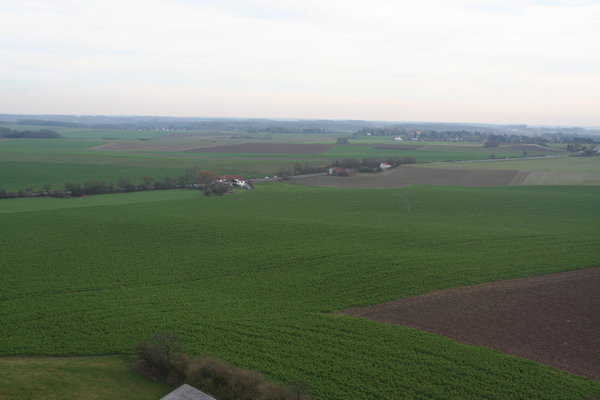
The museum there had a grisly display of the cost of war.
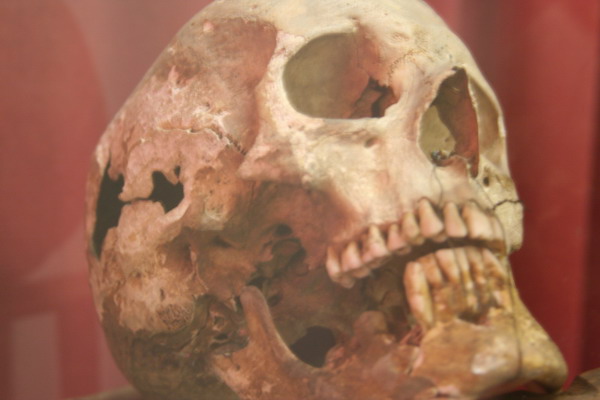
Also, there was a wax likeness of Napoleon’s face created just after he died in St Helena by his physician (wow, who does that??!)
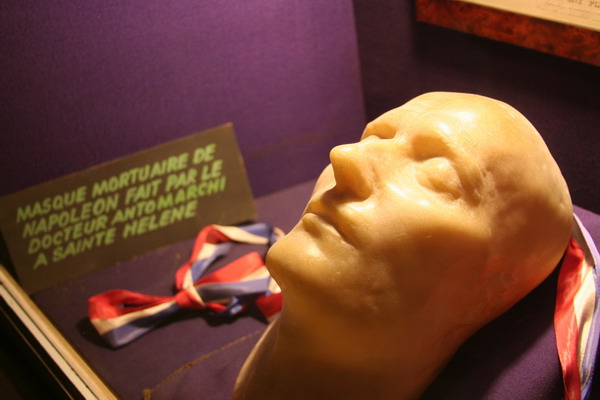
Here you can see the statue of Everard ‘t Serclaes. A 14th century hero. Whose gleaming torso nearly everyone rubs the length of for good luck.
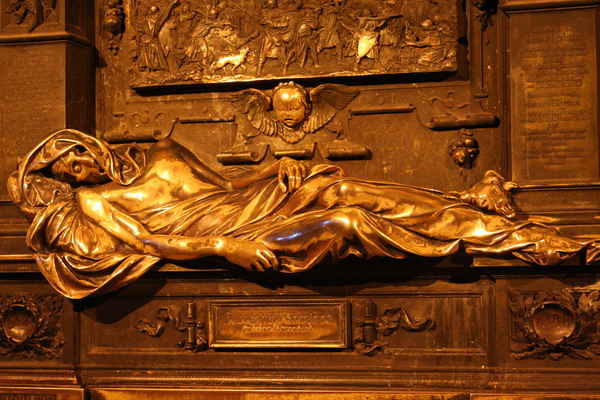
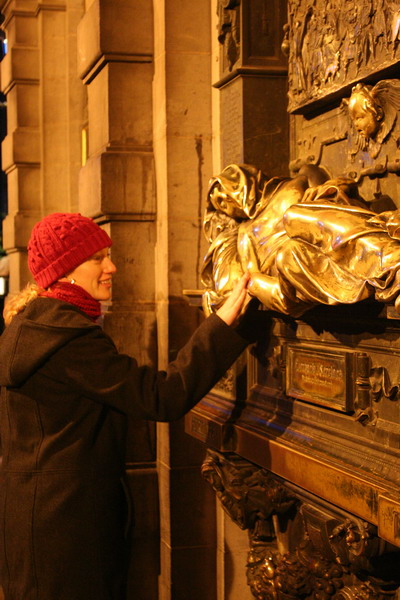
On a completely different note, let’s look at the national symbols of a few countries. The U.S. has the Statue of Liberty, Australia has the Sydney Opera House, France has the Eiffel Tower, Italy has the Tower of Pisa and Belgium has the Manneken Pis.
This national symbol is a very unimposing figure of a young boy urinating into a pool. There are several versions of this statue throughout the country and there are several versions of the story behind the statue. The first version is that a two-year old duke in 1142 was hung in a basket in a tree as his troops fought a battle to encourage them. During the battle, the young boy peed on the enemy and they eventually won the battle. The second is that during the 14th century Brussels was under siege and a young boy spied the enemy laying explosive charges on the city wall. He peed on the fuse to put it out and thus saved the city. I don’t know which (if either) is true, but the statue is a very interesting (if not humorous) national symbol. I think it speaks highly of a culture that is confident, ancient and not afraid to make a little fun of itself.
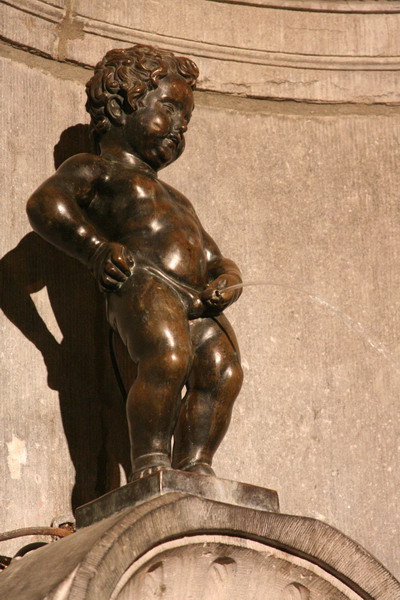
You can see it’s a but diminutive, so don’t be disappointed if you go see it…
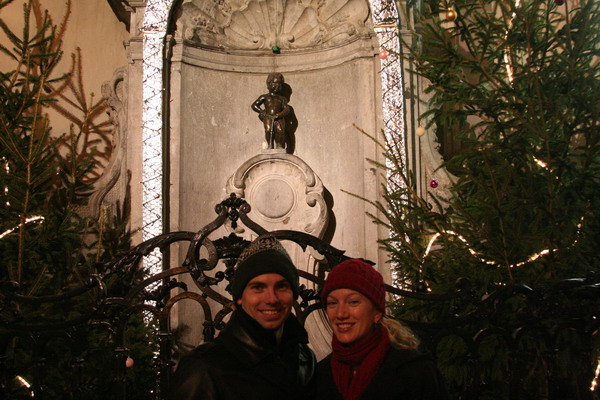
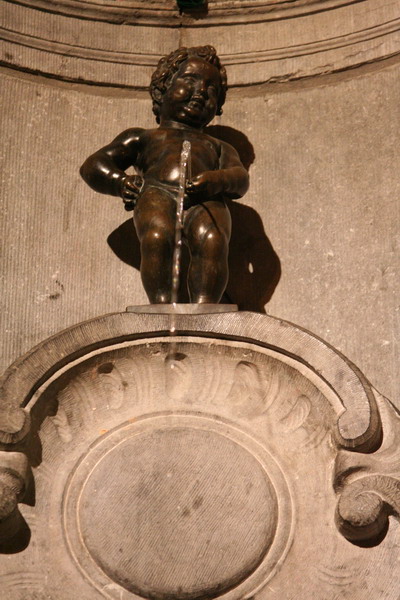
So, with that, our time in Belgium had come to a close. It was a fabulous way to spend our anniversary. Of course, immediately when we got home, we repacked our suitcase (we’ve learned to travel light) and headed out the door for New Year’s in Budapest. That post will follow shortly (hopefully).
Until then…
–Jim
1 thought on “Anniversary in Brussels”
Comments are closed.

Thanks for the fascinating post of your trip to Brussels! I loved your recounting of the history… and great photos by the way. Take care and hope you have a great new year.
Cheers, Jason G.